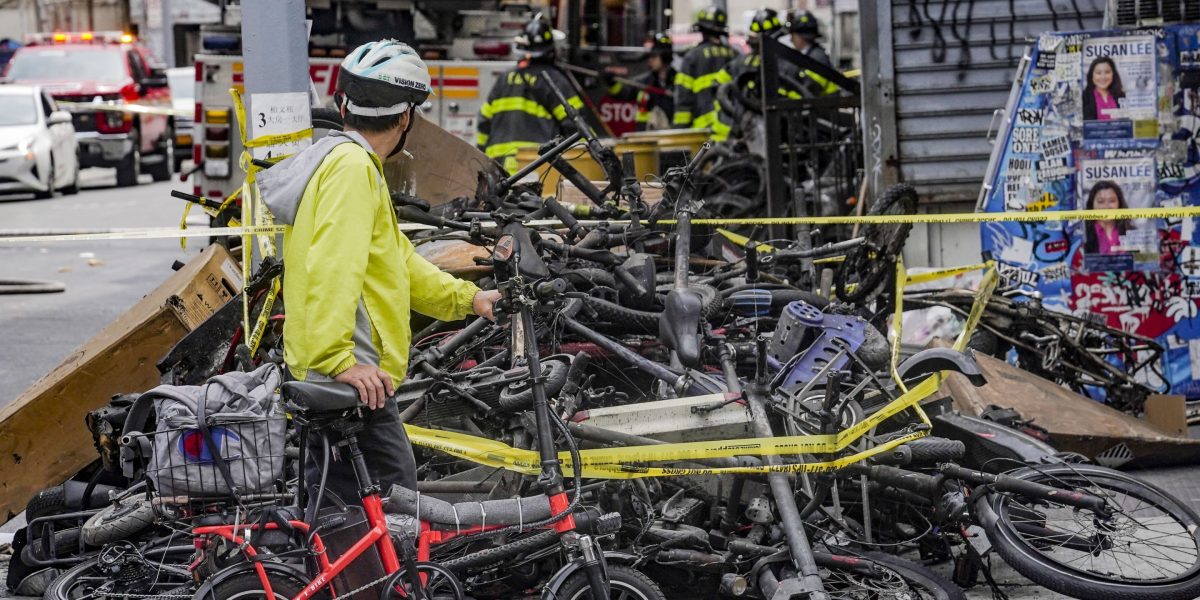New York City wants lithium-ion e-bike batteries to be stopped at the border when they don’t meet national safety standards after rash of deadly fires::After a series of deadly fires.
We really need a better battery technology, one that doesn’t trivially become an incendiary device.
There has actually been a ton of progress with this over the last decade.
However, everything we have discovered so far either can’t hold as much energy, has really limited charge cycles, or is far too expensive to use at scale.
Ton of progress?
I would refer to that as “research ongoing but no progress yet”.
As someone who designs global battery powered products in the USA and is well versed in the regulatory hurdles, enforcing these rules is long overdue. The fact that people willingly buy and bring these illegitimate products into their home and wear them on their body is mind blowing to me. You can design a safe lithium products but doing it requires full knowledge of the chemistry, electrical design, safety certification process and some wisdom. Chinese vendors on Amazon have very little of this.
I do this on the side, buy bulk low cycle lithium ion cells, spot weld them together into banks, and make larger packs.
What is the biggest safety problem seen with these?
My packs are 64P, right now 4s but hopefully 7s soon.
My main safety features are per-cell 5A fuses, 100A fuse on each bank under the battery wrap (not removable without cutting the wrap), and keeping the cells and nickel strips under a layer of kapton tape, followed by an ABS plate I designed and printed, then all the wiring, taped to the ABS with kapton tape. Which is then inside of the battery wrap. I use a lower current circuit breaker on the whole circuit.
My layman research suggests that loose wires are the main reason for fires, so all wires are taped down, and the nickel strips are protected from stress. A cell shorting out should blow the 5A fuse. And if I’m careless and bump the two terminals to a conductor while moving it, there’s always a 100A limit. I also only use low-cycled matched cells and currently am charging to 4V and discharging to 3V.
Any other things I can do to make it safer?





